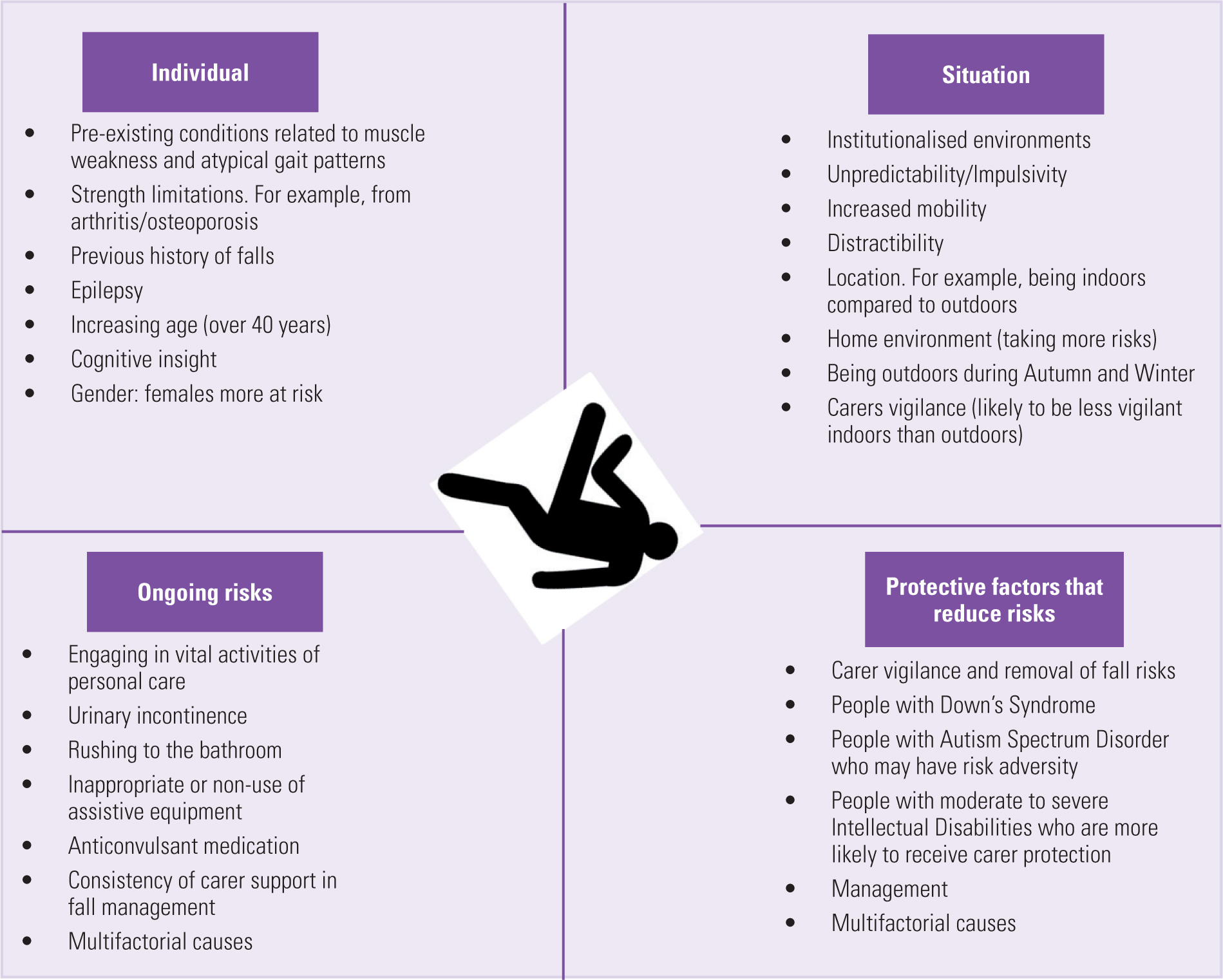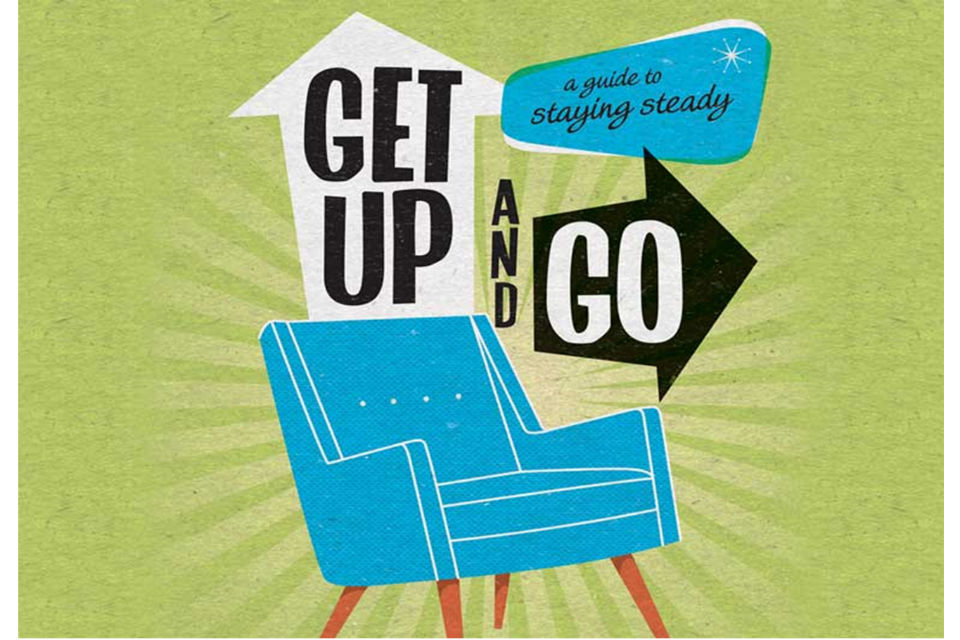Dementia Fall Risk Fundamentals Explained
Getting My Dementia Fall Risk To Work
Table of ContentsDementia Fall Risk - An OverviewThe 45-Second Trick For Dementia Fall RiskThe 15-Second Trick For Dementia Fall RiskNot known Details About Dementia Fall Risk The 25-Second Trick For Dementia Fall Risk
The FRAT has three areas: drop danger condition, danger factor checklist, and activity plan. An Autumn Danger Standing includes data regarding history of recent drops, medications, emotional and cognitive condition of the individual - Dementia Fall Risk.If the patient scores on a threat factor, the matching number of factors are counted to the client's autumn risk score in the box to the much. If a patient's fall danger rating totals five or greater, the individual is at high risk for drops. If the person scores only four points or reduced, they are still at some risk of dropping, and the nurse ought to use their finest medical assessment to take care of all fall threat variables as component of an all natural care plan.
These common methods, in basic, aid establish a secure atmosphere that minimizes unintended falls and defines core preventative procedures for all people. Signs are essential for individuals at threat for drops.
8 Easy Facts About Dementia Fall Risk Described
Wristbands should include the person's last and initial name, day of birth, and NHS number in the UK. Only red color must be used to indicate special client condition.
Items that are too much may call for the patient to connect or ambulate needlessly and can potentially be a hazard or add to drops. Assists stop the client from going out of bed with no assistance. Registered nurses react to fallers' call lights quicker than they do to lights started by non-fallers.
Aesthetic disability can substantially cause falls. Hip pads, when used properly, might decrease a hip fracture when fall happens. Maintaining the beds closer to the flooring decreases the risk of falls and severe injury. Positioning the bed mattress on the flooring considerably reduces autumn risk in some health care settings. Reduced beds are created to decrease the distance a patient falls after moving out of bed.
Top Guidelines Of Dementia Fall Risk
Clients that are tall and with weak leg muscular tissues that try to rest on the bed from a standing setting are most likely to fall onto the bed since it's also reduced for them to lower themselves securely. Additionally, if a tall client attempts to rise from a low bed without support, the individual is most likely to drop back down onto the bed or miss the bed and drop onto the floor.
They're made to advertise prompt rescue, not to stop drops from bed. Audible alarm systems can additionally remind the individual not to rise alone. Using alarms can additionally be a replacement for physical restraints. Apart from bed click for source alarms, enhanced supervision for high-risk clients likewise may assist stop drops.

Clients with an evasion stride rise loss chances considerably. To minimize autumn risk, footwear must be with a little to no heel, thin soles with slip-resistant step, and support the ankle joints. Suggest individual to utilize nonskid socks to avoid the feet from sliding upon standing. Motivate clients to use ideal, well-fitting shoesnot nonskid socks for ambulation.
Not known Details About Dementia Fall Risk
In a research study, homes with ample lighting report fewer drops (Ramulu et al., 2021). Renovation in illumination see post at home might minimize autumn rates in older grownups.

Caretakers are effective for ensuring a protected, protected, and risk-free environment. Nevertheless, researches showed extremely low-certainty proof that sitters reduce autumn threat in acute treatment medical facilities and just moderate-certainty that alternatives like video clip surveillance can reduce caretaker usage without enhancing autumn risk, suggesting that sitters are not as helpful as initially believed (Greely et al., 2020).
Get This Report on Dementia Fall Risk

Increased physical conditioning reduces the threat for drops and limits injury that is received when fall takes place. Land and water-based workout programs may be in a similar way beneficial on equilibrium and gait and consequently reduce the danger for falls. Water exercise may contribute a positive advantage on balance and stride for ladies 65 years and older.
Chair Surge Workout is a straightforward sit-to-stand exercise that helps strengthen the muscles in the upper legs Look At This and butts and enhances wheelchair and freedom. The goal is to do Chair Surge exercises without making use of hands as the customer comes to be more powerful. See sources section for a comprehensive instruction on exactly how to perform Chair Surge exercise.